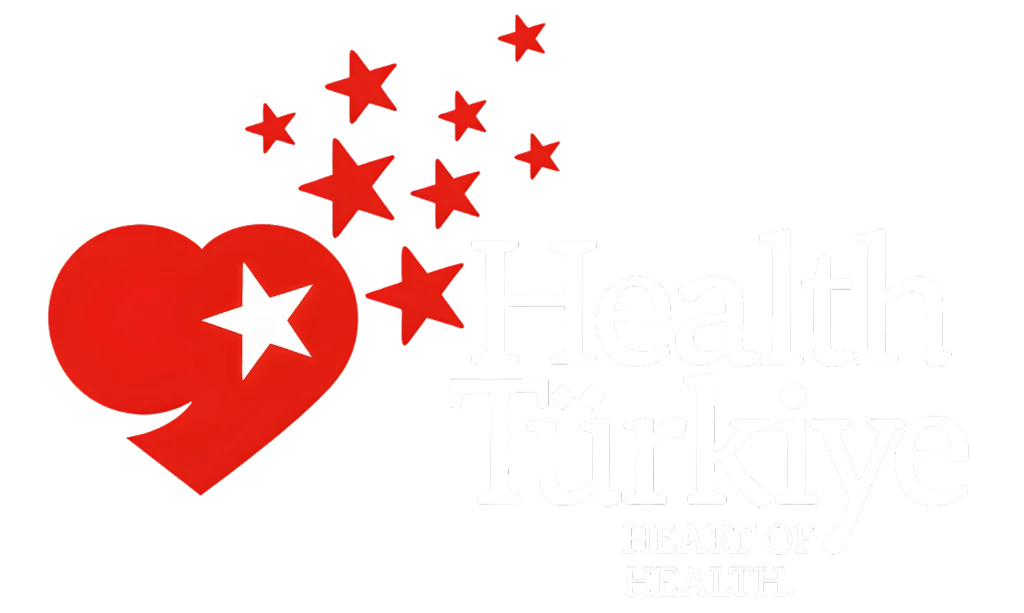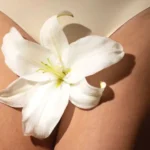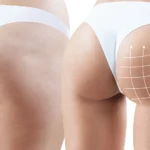Plastic surgery is a medical specialty that includes surgical interventions to correct, improve or reshape structural or cosmetic problems in the body. Plastic surgery is divided into two main categories: aesthetic (cosmetic) surgery and reconstructive surgery.
Aesthetic (Cosmetic) Surgery: Aesthetic surgery involves surgical interventions to improve or change a person's appearance. These are usually preferred for aesthetic reasons and aim to correct problems of shape, symmetry or proportion in different parts of the body (face, chest, abdomen, buttocks, legs, etc.). Aesthetic surgical procedures include breast augmentation or reduction, rhinoplasty, facelift, abdominoplasty, liposuction, Botox injections and fillers.
Reconstructive Surgery: Reconstructive surgery involves surgical interventions to correct or reconstruct tissue or organs damaged by congenital anomalies, post-traumatic deformities, recovery from cancer surgery or other medical conditions. This type of surgery aims to restore the patient's function, health and appearance. Examples include breast reconstruction, correction of burn scars, skin grafts and free tissue transfer.
Plastic surgery procedures often vary depending on the surgeon's specialty and the specific needs of the patient. Such surgeries require careful pre-assessment, detailed planning and good communication with the patient. Like any surgical procedure, plastic surgery involves risks and the surgeon's experience and skill are important.
Procedures that the Plastic Surgery department deals with
- Reconstructive Surgery: Reconstruction of conditions such as injuries after accidents, deformities after cancer surgery, congenital anomalies (such as fissures, macroglossia), burn scars and other skin lesions. This can be accomplished with skin grafts, flaps, the use of tissue expanders and other surgical techniques.
- Aesthetic Surgery: Aesthetic surgery includes surgical procedures to improve appearance. These include breast augmentation or reduction, rhinoplasty, facelift, abdominoplasty, liposuction, breast reconstruction and other aesthetic procedures.
- Facial Surgery: Deals with aesthetic and reconstructive problems of the face. For example, it includes conditions such as facial fractures, facial paralysis (bells palsy), jaw anomalies, facial asymmetry and repair of lesions in the facial skin.
- Hand Surgery: Post-traumatic injuries in the hand, nerve compression in the hand (carpal tunnel syndrome), tumors in the hand and other conditions requiring hand surgery are areas of interest to the plastic surgeon.
- Cosmetic Surgery: Plastic surgery can perform operations to correct cosmetic problems in various parts of the body. For example, procedures such as liposuction, tummy tuck, breast augmentation or reduction, buttock or leg shaping are examples of this field.
- Skin Surgery: Plastic surgeons can perform surgical removal of skin cancer, skin tumors or other skin lesions. They can also perform non-surgical skin improvement procedures such as skin resurfacing procedures, dermabrasion, chemical peels or laser treatments.










